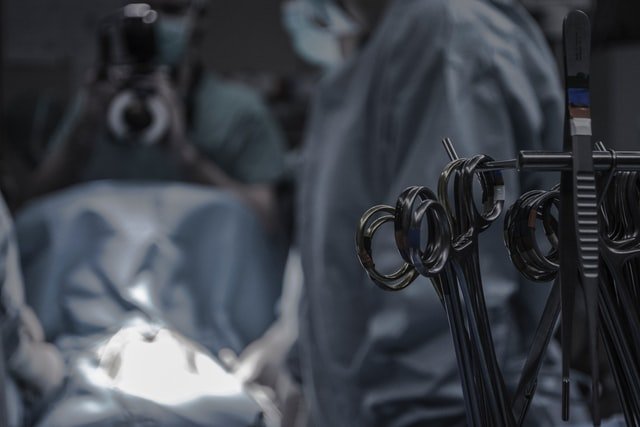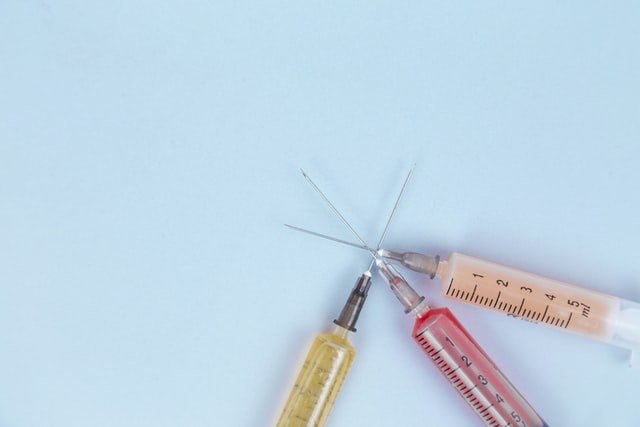Eyelid surgery, also known as blepharoplasty, is a surgical procedure to improve the appearance of the eyelids. It is the most common procedure performed by plastic surgeons. The goal of the surgery is to remove or reduce excess skin and fatty tissue from the eyelids, making them look younger and more alert. Eyelid surgery can be performed on the upper eyelids, lower eyelids, or both. The type of procedure depends on the condition of your eyelids and your goals for the surgery. If you are considering eyelid surgery, it is essential to consult with a board-certified Bensalem eyelid surgery specialist. Here are some things you need to know before beginning treatment.
1. Not Everyone Can Have It
Eyelid surgery is not for everyone. To qualify for this procedure, you should have relatively healthy eyelids with no significant medical problems. You should also have a realistic understanding of what the surgery can and cannot do for you. If you are pregnant or breastfeeding, have a history of eye problems or take certain medications, you may not be a good candidate for eyelid surgery. Your doctor may also advise against eyelid surgery if you have dry eyes, tear duct problems, or other conditions that could affect your healing ability after the procedure.
2. It’s Not Just for Looks
While many people choose eyelid surgery for cosmetic reasons, this procedure can also improve vision and reduce eye fatigue. If your upper eyelids are drooping, they can block your field of vision. This can be especially dangerous when driving or operating machinery. Lower eyelid surgery can also improve vision by removing excess skin over the lashes and irritating the eyes.
3. You Can Have it At Any Age.
There is no age limit for eyelid surgery. However, it is generally recommended for people in their 40s or older. This is because the skin around the eyes begins to loosen and sag with age. If you are younger than 40, your skin may still be too tight for blepharoplasty to be effective. In some cases, your doctor may recommend waiting a few years to see if your eyelids will improve with time.
4. There are Risks Involved
As with any surgery, there are risks involved with blepharoplasty. The most common complications include infection, bleeding, and scarring. There is also a risk of damage to the nerves that control the eyelids, which can cause permanent vision problems. It is essential to discuss these risks with your doctor before deciding whether or not to undergo surgery.
5. You Will Need Some Time to Recover
After the procedure, your eyelids will be swollen and bruised. It is important to take it easy for the first few days after surgery. You should avoid strenuous activity, such as running or lifting heavy objects. Most people take about two weeks off from work to recover. You will need to sleep with your head elevated and apply ice packs to your eyes to reduce swelling during this time.
To summarize, eyelid surgery is a surgical procedure to improve the appearance of the eyelids. It can be performed on the upper eyelids, lower eyelids, or both and has several benefits, including improved vision and reduced eye fatigue. There are risks involved with the surgery, so it is important to consult with a board-certified specialist before deciding if this is the correct procedure for you.


